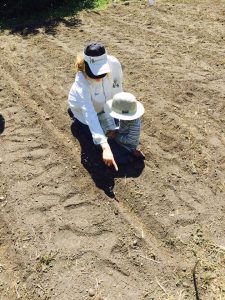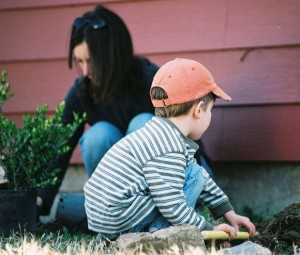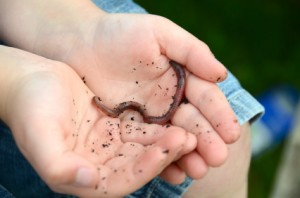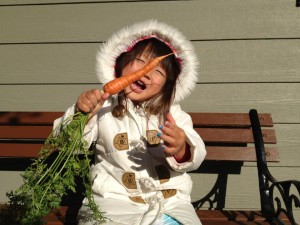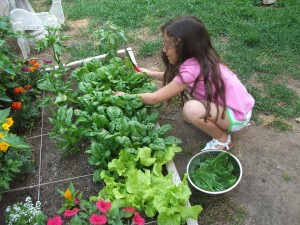Today is also World Environmental Awareness Day, so it’s great timing for making fairy and elf gardens; either one is fun for both boys and girls.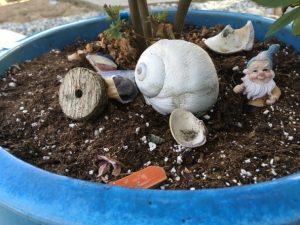
What can be more magical than a garden? It grows in the dark from small hard things called seeds. Tiny little sprouts pop out of the ground. Although we watch carefully and can’t see them getting bigger, they somehow do. More leaves appear and sometimes flowers or parts we can eat.
We made two leprechaun gardens. Although the little people on a stick had long white beards and looked more like gnomes, we called them leprechauns. To make a small garden, we found a big plastic pot, lined it with a few small rocks, added dirt, and a few plants from the yard. Fairies and magical creatures are small so the kids found some small, glass marbles, bits of colored tiles, shell, and stones to decorate the garden. They added some water and set these outside in the sun. Who knows, these gardens in a pot might entice some real fairies, elves, gnomes, sprites, pixies, or other mythical creatures?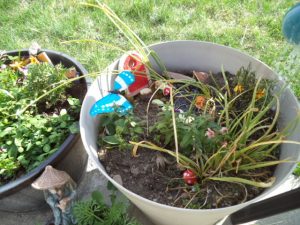
Young children need experience to know that plants need sunshine, water, and soil for growing. Because so much of our food is obtained at stores, kids are far removed from the process of planting seeds, tending plants, and harvesting food. These links in the seed to food process are not part of their reality. How often do we stop to think about food and how it grows?
Mint, parsley, and chives are also good choices for plants in fairy and elf gardens. These plants can handle some touching by little fingers. They tickle the sense of smell and, when big enough, kids can eat them. When kids are involved in the whole cycle, they develop a deeper appreciation for what we eat.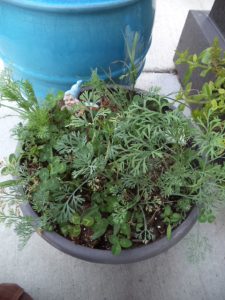
It’s quite exciting and almost magical to plant something, eat it, and still be able to have more plants. Do you agree?

